Offshore Wind Power Development in Vietnam – Suggestions from Norway
Article 1: Vietnam can become a supply chain hub for offshore wind power in Asia- Pacific
Vietnam’s offshore wind market is considered promising, with world- leading wind speeds and favorable seabed conditions. In addition, the supply chain currently used by the domestic oil and gas industry, combined with existing onshore and nearshore wind infrastructure, has the potential to support the development of the domestic offshore wind sector. Recent orders for offshore wind structural components from international markets signal a promising start for Vietnam to become an offshore wind supply chain hub in the Asia-Pacific region.
Vietnam has the potential to become a supply chain hub for offshore wind power in Asia- Pacific (Illustration photo)
Infrastructure sufficient for offshore wind power development
The Norwegian study on offshore wind industry supply chain development has conducted assessments in Vietnam of port infrastructure to provide an understanding of Vietnam’s existing maritime infrastructure and provide directions for future port development, and to identify the capabilities to support the logistics and operations of offshore wind projects; Local supplier assessments to identify local suppliers capable of supplying components for offshore wind farms. Focusing on the fabrication of foundations, piers, casings and other areas of improvement, thereby enabling suppliers to meet the existing and growing demand for offshore wind structure components.
On the other hand, the study shows that the offshore wind industry will create quite large jobs (high average income) which will have socio-economic impacts in terms of creating more jobs in the future due to offshore wind power development in Vietnam.
This analysis identified suitable ports for the assembly, erection and transportation of wind turbine foundations and components. The analysis was based on various factors such as available port space, water depth, mooring capacity, lifting equipment, accessibility and overall infrastructure readiness for handling components such as casings, blades, piers and foundations. As a result, ports with the potential to support offshore wind development were identified.
Ports in the northern region, including those in the Hai Phong port cluster, are showing limited capacity to support the offshore wind industry, requiring higher investment and longer development times. It is recognized that the limited height of many of the famous shipyards in the north will significantly limit the transportation of foundations. The height limitation combined with the geographical location near electrical component and cable manufacturing sites (LS-VINA Cable and System Joint Stock Company, GE Vietnam Co., Ltd. and ABB Automation and Electrification (Vietnam) Co., Ltd.) makes these factories ideal for developing smaller complex components such as wind turbine assembly lines (WTG) or components for future offshore substations (OSS). Finally, these ports can also leverage their extensive shipbuilding experience to build specialized vessels for offshore wind.
Ports in the southern region are well placed to accommodate larger components, likely influenced by the long-standing presence of the oil and gas industry. One notable location is the Vung Tau port cluster, where the Vietnam Petroleum Technical Services Corporation (PTSC) is pioneering offshore wind power. The congested dockside and yard areas due to oil and gas activities in Vung Tau could hamper future consolidation. The Thi Vai port cluster could also serve as a manufacturing and assembly hub due to the presence of large manufacturing facilities for wind turbines and large steel foundations (CS Wind and SREC).
In the future, this port cluster also has the potential to develop single-pillar production. To promote the development of domestic supply chain capacity, the southern ports need to continue to develop their capacity for pile and foundation production. Vung Tau ports need to coordinate their actions to improve their capacity and efficiency in using facilities. The coordination of ports in different activities is essential and allows for the optimization of logistics operations, ensuring the seamless implementation of projects.
Vung Tau Port is assessed to have the capacity to manufacture, supply foundations, and install offshore wind turbines.
Suppliers are hesitant to invest in Vietnam's offshore wind power
The Norwegian report said that domestic suppliers were analysed to assess their potential to support offshore wind projects based on their existing capabilities and willingness to support projects that rely heavily on this type of infrastructure. The study identified domestic suppliers that had previously supported offshore wind projects or had announced plans to participate in the offshore wind supply chain. The analysis focused on the suppliers’ experience, manufacturing capabilities, quality standards and future expansion plans.
The supplier assessment indicated that Vietnam’s current foundation and pier manufacturing capacity can meet the specific requirements of offshore wind. However, as domestic and therefore regional demand is expected to increase, the current infrastructure will not be able to meet the supply of key components such as blades and nacelles for WTG. This is primarily because WTG’s original equipment manufacturers have not yet confirmed plans to establish such manufacturing facilities in Vietnam.
Notably, suppliers acknowledge that their investment decisions are closely linked to the development of the offshore wind market in Vietnam, which needs to be secured by a consistent project roadmap. A consistent project roadmap is the foundation for the development of the domestic offshore wind supply chain and infrastructure.
Another important factor that could contribute to the development of the domestic supply chain is the completion of a specific legal framework for offshore wind. Vietnam, as of the time of writing this report, has not yet established such a legal framework, leading to investors being reluctant to cooperate with domestic suppliers and commit to investing in domestic infrastructure.
Suppliers are now taking preliminary steps to initiate domestic supply chain development, conducting market research, establishing relationships with other domestic suppliers, fostering partnerships and collaborations, as well as promoting their offshore wind capabilities through marketing initiatives and establishing sales representative offices.
Offshore wind industry to create half a million new jobs
The offshore wind energy industry could create 55,000 jobs in a short time. (Illustration photo)
Offshore wind projects provide employment opportunities throughout the entire project lifecycle, from the development stages through to construction and operations. The analysis shows promising potential for high-quality job creation, technology transfer and knowledge exchange/sharing. Local talent can be mobilized into a variety of roles in the offshore wind industry, such as mechanical engineering, electrical engineering, environmental expertise and project management. As the offshore wind sector continues to grow, the potential for direct, indirect and induced employment will increase.
It is estimated that approximately 55,000 direct, indirect and induced jobs will be created during the development of the 6 GW offshore wind capacity as outlined in the Power Plan VIII. This development could create two inter-regional renewable energy industries, in the North and the South, with associated service centres.
The specific focus is on manufacturing, services, research and training, as well as operations and maintenance. Key provinces that could benefit from offshore wind development are Quang Ninh and Hai Phong in the north and Ho Chi Minh City, Vung Tau, Binh Thuan and Ninh Thuan in the south.
The Norwegian recommendation points out that Vietnam’s offshore wind potential presents a unique opportunity to develop offshore wind infrastructure and a national supply chain. Vietnam has the potential to become a manufacturing hub, supporting a broader regional offshore wind industry. However, through interactions with suppliers, the study found that suppliers are hesitant to expand their current capacity due to unclear project roadmaps and are largely driven by the government’s “desire” to promote offshore wind.
Norway and Vietnam both have long coastlines and abundant wind resources. Norwegian businesses have many years of experience and possess advanced technologies in offshore wind power development; green shipping; carbon storage; hydrogen, power transmission, etc.
Bui Cong
Source: https://www.pvn.vn/chuyen-muc/tap-doan/tin/59d0ef9f-90ea-4d68-b56c-a6d13e760cb1


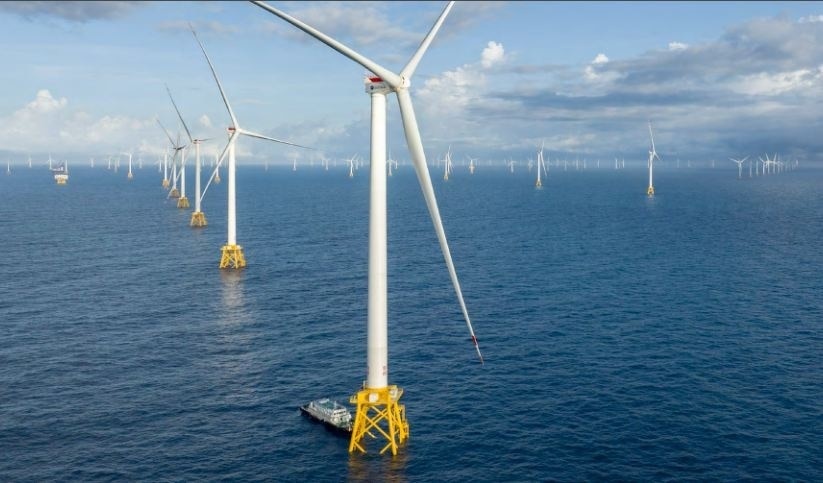
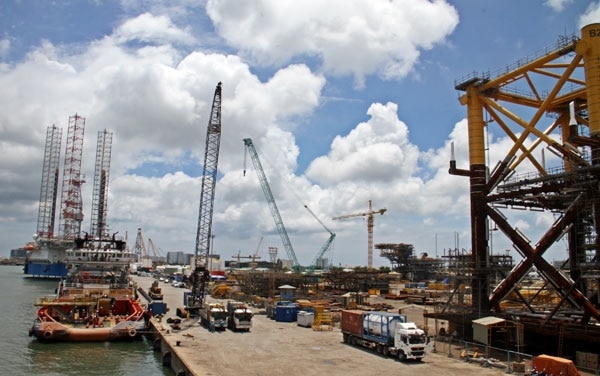
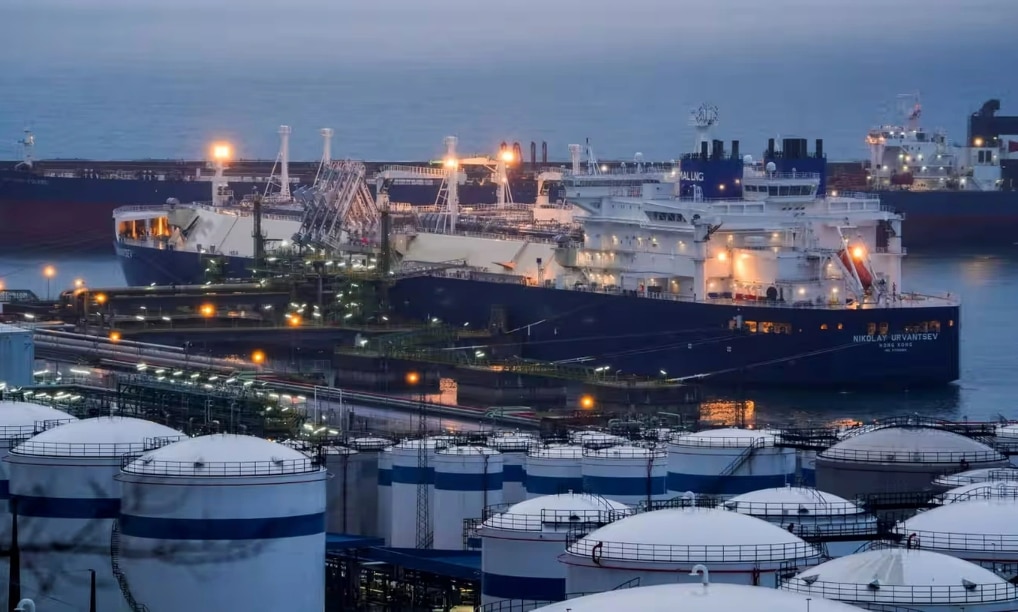






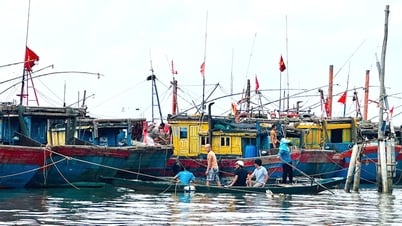

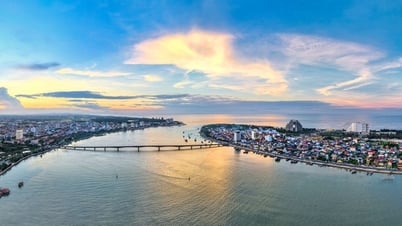






















































































Comment (0)